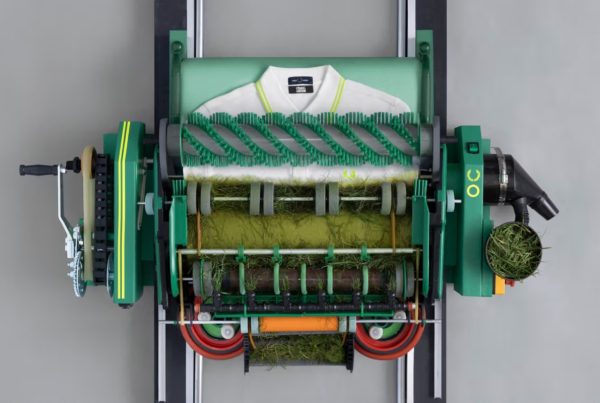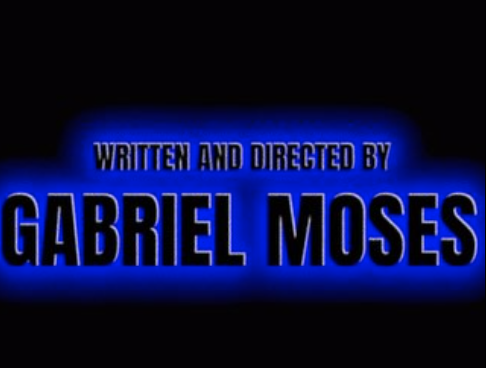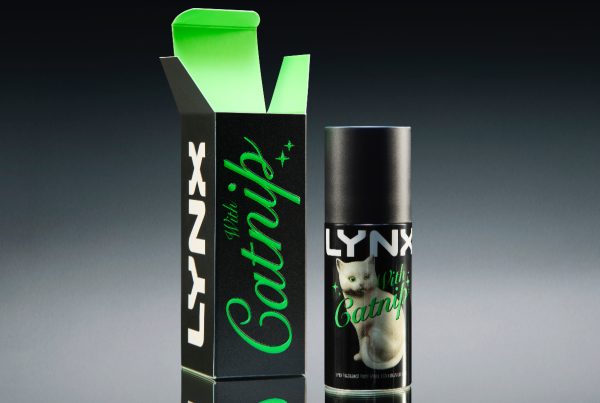
You’re making a brave and potentially life-changing decision to begin trading. Some analysts have stated that entering the market during a downturn is the optimum point to begin trading. However, whether this is the case or not, you must ensure that you put effective measures in place.
Some methods include dollar cost averaging and performing ample due diligence before entering any trade. It’s also considered wise if you set up automated buy and sell orders in addition to this. It is usually a combined approach of several factors that means you are in the most effective position to start trading. Today, we will explore what it means to set up stop-loss and take-profit orders. Sometimes, you will hear them referred to as automatic sell targets.
Are stop-loss and take-profit orders highly effective?
When used correctly, they certainly can be. This is one of several techniques that professional traders use to ensure they are getting in and out of the market at their chosen price and not trading on negative emotions. As a beginner trader, it can be exceptionally difficult to avoid getting caught up in the emotion of trading. If you are using your money and watching it move in a volatile manner, you may talk yourself into buying or selling assets and operating against your chosen method.
This is why stop-loss and take-profit orders are highly effective. Using automated trading software to set these limits, you can execute the trade without having to be glued to the markets 24/7. Depending on the type of asset you are trading, you could find yourself watching the charts all day and night. For example, forex and cryptocurrency markets both operate on a 24/7 basis.
The important thing is to set up these orders by performing effective market research, taking into account the news regarding the asset and the current market sentiment. However, you could still lose money even with all of these factors in play. Your capital is at risk whenever you invest, and there is no guarantee the market will operate in the same way it has historically, as many factors drive it. Ensuring you invest with money you can afford to lose and set up stop-loss and take-profit orders will help you navigate this turbulent space more efficiently.
Setting up a stop-loss
A stop-loss is effective when a market takes a downturn and your asset starts falling in value. This ensures that you do not lose all of your investment. If you do not have a stop-loss in place and the market begins to tumble when you are busy, you could lose far more than you anticipated. This is why it is strongly advisable to use automated trading software or an exchange that allows you, at the very least, to set up an effective stop-loss order to try and manage any price fluctuations that take place.
Setting up a take-profit
Working conversely to a stop-loss order, taking profits signals that you are in a positive position. Ideally, you want to be in a position where you are hitting far more take-profit levels than stop-loss levels. Most professional traders will have take-profit levels that may share similarities and can sometimes cause a market slump, as they all sell at the same range.
However, it is crucial to have stop-loss and take-profit orders set up. It depends on your risk appetite, but generally, traders will have a take-profit margin between 20 and 25% of their initial entry.
This can vary, though. If you are happy with a smaller amount, that is no problem. It’s also okay if you want a long-term gain higher than 25%. It would be best if you didn’t move the target to take profit, as this can evoke trading on emotion. This can be a slippery slope, and you could sell below your original take-profit level. Implementing a stop-loss is effective; you don’t need to buy a gadget since software will follow your order automatically.
Conclusion
It is extremely rare that traders can time the peak of a positive rally. It would be best if you focused on just making a profit instead of trying to achieve maximum profit. Some beginner traders can get caught up in trying to execute the perfect trade and get trapped in a whirlwind of trying to take profit.
Ultimately, this can fail and thus allow emotions to dictate your strategy. A stop-loss order is an effective tool as it helps you properly manage the risk. For example, this is a good move if you have a stock at $100 and set up a stop-loss at $75. You have effectively managed your risk and losses if the stock dips below $50.





















































